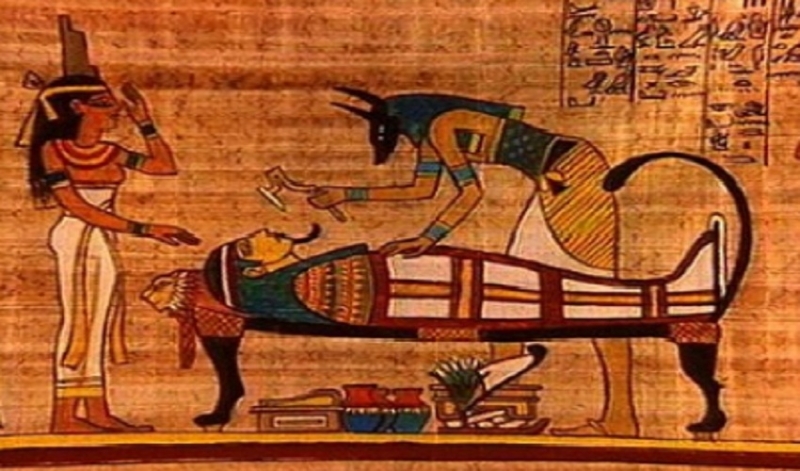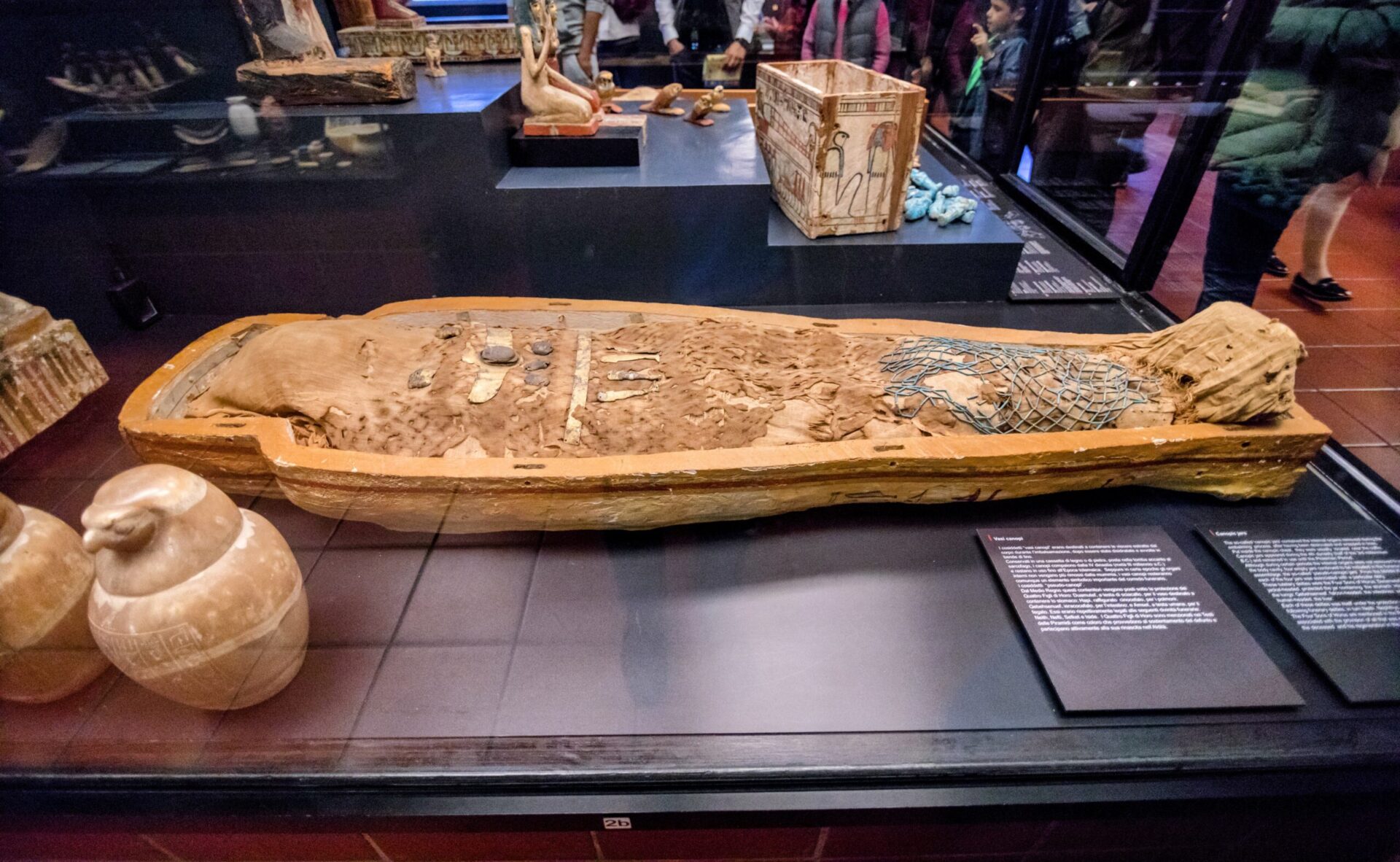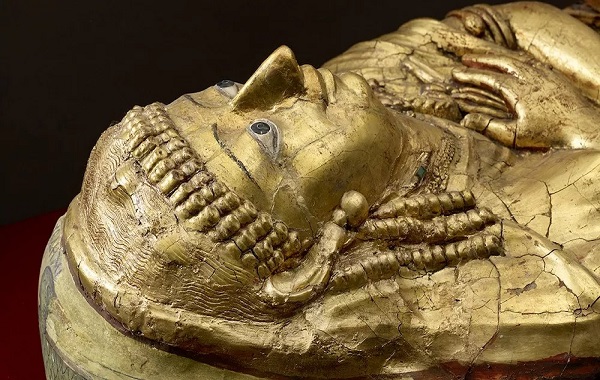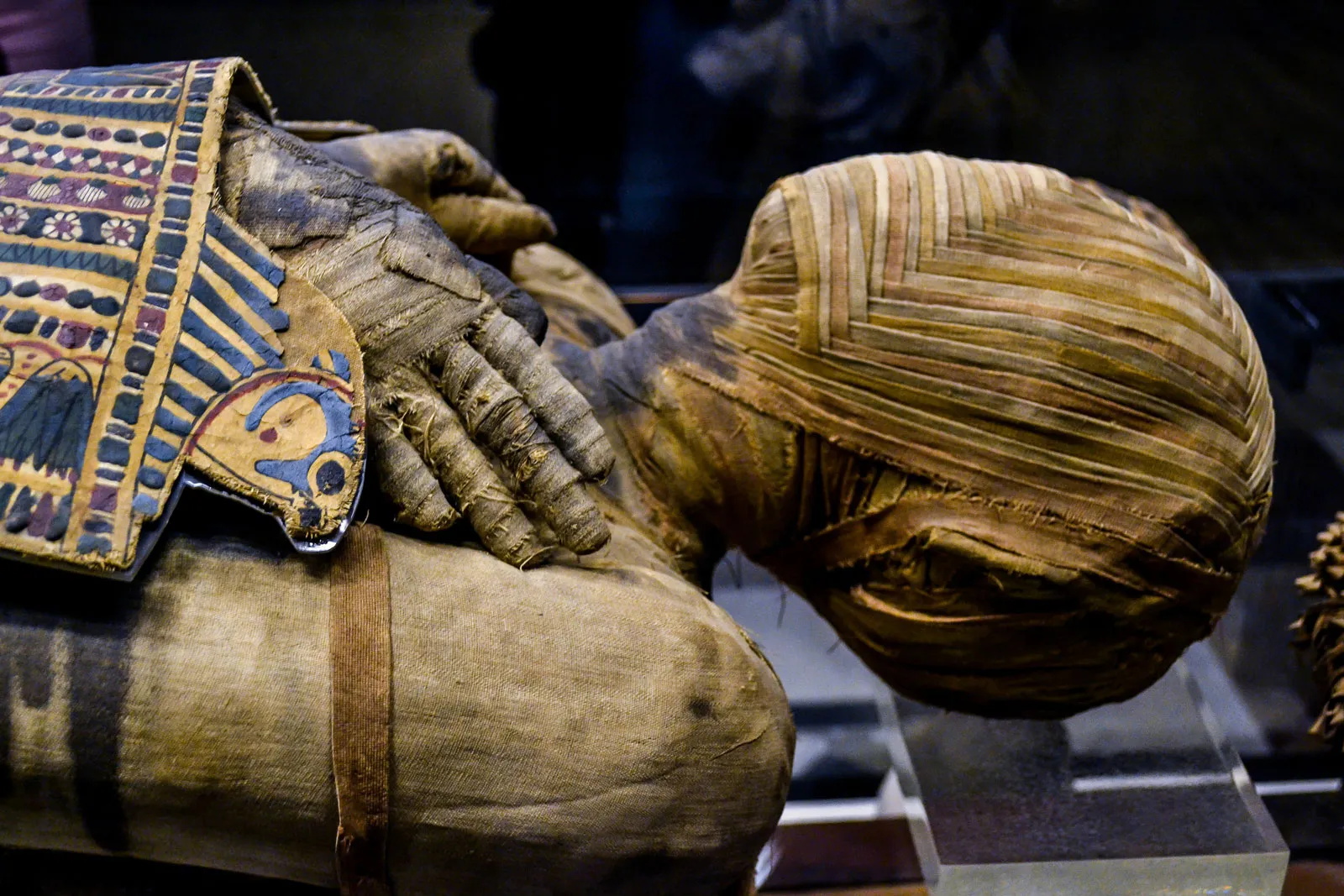
Preparation And Cleansing
Preparation and Cleansing
Mummification begins with careful preparation. The body is first washed and cleansed to remove dirt and impurities. This step, both practical and symbolic, symbolizes the purification of the deceased’s soul as it embarks on the journey to the afterlife.
Removal of Organs
In the Egyptian tradition, the brain was often considered insignificant, so it was removed through the nostrils using hooks. The internal organs, however, held great significance as they were believed to be essential for the individual’s rebirth. The heart, the seat of one’s emotions and moral conscience, was left in place, while other organs like the liver, lungs, intestines, and stomach were removed and stored in canopic jars.

Removal Of Organs
Dehydration and Preservation
The key to successful mummification lay in removing moisture from the body to prevent decomposition. The body was packed with natron, a naturally occurring salt mixture, to facilitate dehydration. Natron absorbed bodily fluids and helped preserve the body’s structure.
Wrapping and Adornments
After weeks of dehydration, the body was meticulously wrapped in linen bandages. This process involved layering the body with resin-soaked linen to create a protective cocoon. The layers of bandages not only preserved the body’s form but also provided an opportunity for adorning the mummy with amulets and charms that were believed to offer protection in the afterlife.

Wrapping And Adornments
Death Masks and Coffins
Elaborate death masks, usually made of gold or other precious materials, were placed over the mummy’s head. These masks often depicted the individual’s idealized features and were intended to guide the spirit in recognizing its body. The mummy was then enclosed within intricately crafted coffins, each designed to encapsulate the essence of the individual and provide a secure vessel for their journey to the beyond.
Rituals and Beliefs
Mummification was deeply intertwined with spiritual beliefs, rituals, and ceremonies. It was believed that the soul continued to rely on the body in the afterlife, necessitating its preservation. The meticulous care taken in mummification was a manifestation of the profound respect and veneration these cultures held for both the living and the deceased.

Rituals And Beliefs








